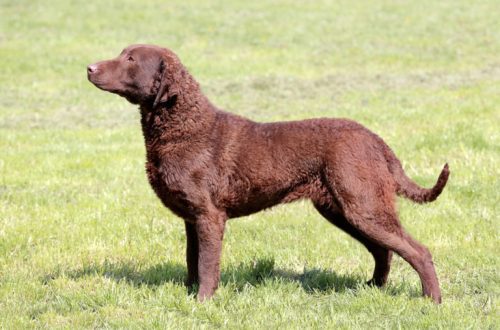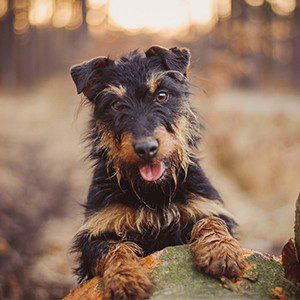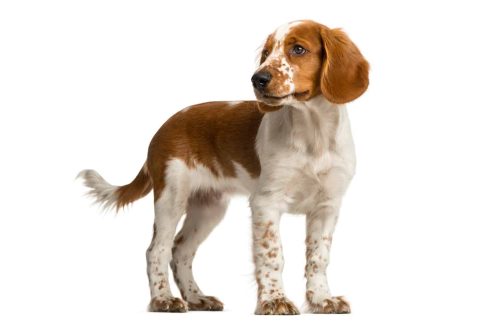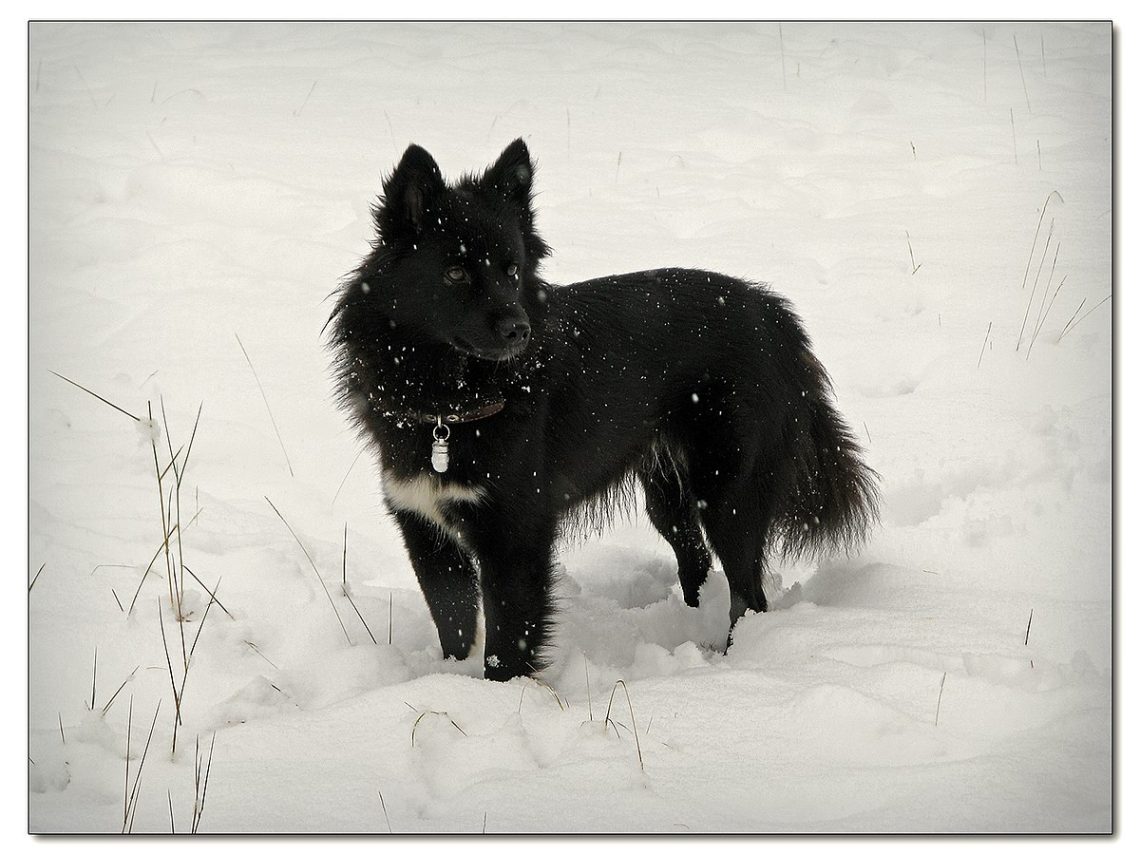
Nenets Herding Laika
Contents
- Characteristics of Nenets Herding Laika
- History of the breed
- Description of the Nenets Laika breed
- Character
- Nenets Herding Laika Education and training
- Maintenance and care
- Food
- Nenets Laika Health
- Photo of Nenets Herding Laikas
- For whom are Nenets huskies suitable?
- How to choose a puppy?
- Photo of Nenets Laika puppies
- The price of Nenets huskies
- Nenets Herding Laika – Video
Characteristics of Nenets Herding Laika
| Country of origin | Russia |
| The size | Average |
| Growth | 40–52 cm |
| Weight | 20–28 kg |
| Age | 13 to 15 years old |
| FCI breed group | not recognized |
Brief information
- fearless dogs with a balanced character;
- during the molting period, you need to comb out often;
- have herding and watchdog qualities.
History of the breed
The Nenets Laika or Reindeer Spitz is a primitive breed of aboriginal dogs. This means that it retained the maximum number of features from primitive ancestors. The breed was formed during the last ice age in the European tundra. And after it ended, it spread further across Eurasia.
Nenets Laikas have found their use as shepherds and hunters. They can be used to search for people after disasters, they serve in the ranks of the Ministry of Emergencies. The well-known Sheremetyevo Airport in the Russian capital is guarded by Nenets Laika and Jackal mestizos. Historical facts indicate that reindeer spitz became the ancestors of the Samoyed dogwhen they were brought to Europe at the end of the 19th century.
Over the long history of the breed, it had many names:
- shepherd dog of the tundra zone;
- white reindeer dog Yuraks;
- Tavgian reindeer dog.
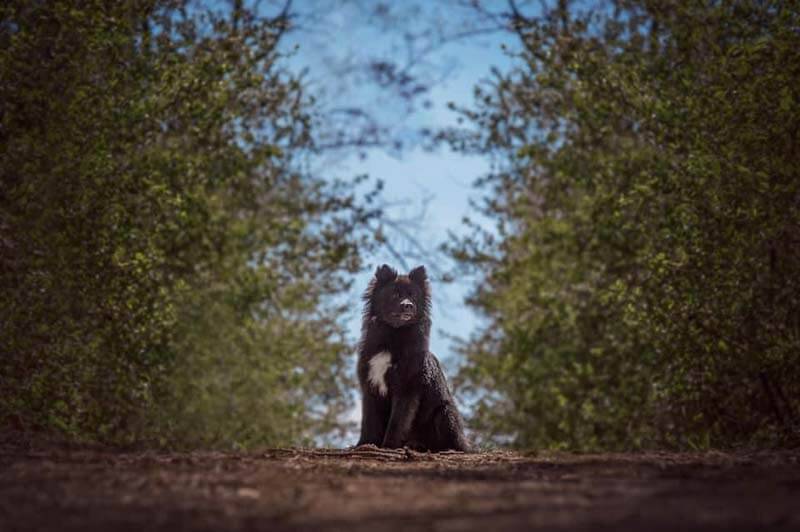
The Russian Cynological Federation approved the official name – reindeer breeding spitz. This breed has not undergone any special changes since the time of their ancestors. She borrowed her appearance from the peat dog, which became the ancestor of all European Spitz. Since the Nenets Laika was isolated from other breeds for a long time, she managed to avoid crossing with them.
Some experts believe that the Nenets Laika has European roots, and Yamal is its second home. When the Scandinavian peoples came to the peninsula from Central Europe, they took with them the descendants of the peat dog, which they managed to make domestic. From them they came to the Lapps (Finno-Ugric people), and only then appeared among the Nenets, when they reached the Kola Peninsula.
When the Nenets were not yet engaged in reindeer herding and did not keep animals in herds, they did not have dogs. Therefore, initially the Nenets Laika was a hunting dog, and only then became a shepherd. But the hunter’s instincts only had a beneficial effect on the development of herding skills.
In the 20th century, reindeer-breeding Spitz came to Chukotka and Kamchatka. Before his appearance in this area, the inhabitants grazed deer without the involvement of dogs. They had to look after the herds on their own.
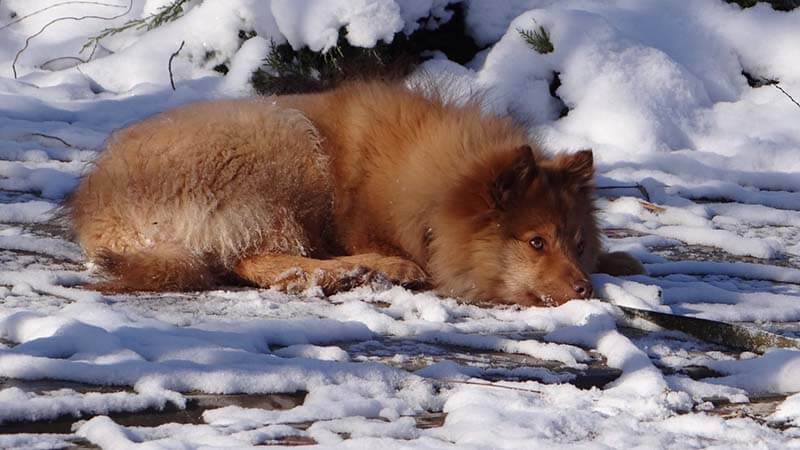
At all times, only one thing was expected from the Nenets Laika – perfectly executed commands and instructions from the owner. The appearance of the animal never came to the fore. All peoples who owned reindeer spitz did not select them by color or other external features. Therefore, the breed has retained its originality and originality.
There is another version of the origin of the Nenets Laika. There is an assumption that the breed was formed among the tribes that lived in the Arctic region.
Description of the Nenets Laika breed
The Nenets Laika can be of medium height or slightly shorter. Her physique is quite strong and lean. Sexual dimorphism is strongly pronounced. Males are more massive than females, and keep their coat better in the warm season.
The height of males is from 44 to 52 centimeters, weight – from 22 to 28 kilograms. In females – from 40 to 45 centimeters and from 18 to 26 kilograms, respectively.
Head
Head . Dry, shaped like an elongated wedge. The length of the skull is equal to its width or slightly exceeds it. The tubercle on the back of the head is well expressed. The forehead is convex, but not too much. The disadvantage is too small or large head in relation to the body, as well as overdeveloped cheekbones and superciliary arches. The muzzle should not be too narrow, pointed or blunt.
Muzzle . The muzzle is wedge-shaped, tapering evenly towards the nose. The jaws are strong, the teeth fit well. The length of the muzzle is several centimeters shorter than the length of the skull. The forehead and cheekbones stand out, the transitions are clearly visible due to the change in coat.
Ears . They have a standing shape resembling an equilateral triangle. Set on the skull high and wide. Highly mobile. The tips of the ears stick up and point slightly forward. Hanging ears are considered a disadvantage, too large and soft. The fault will be ears with rounded ends, thickened and soft. If the ears hang, then such a sign puts the dog out of the breed.
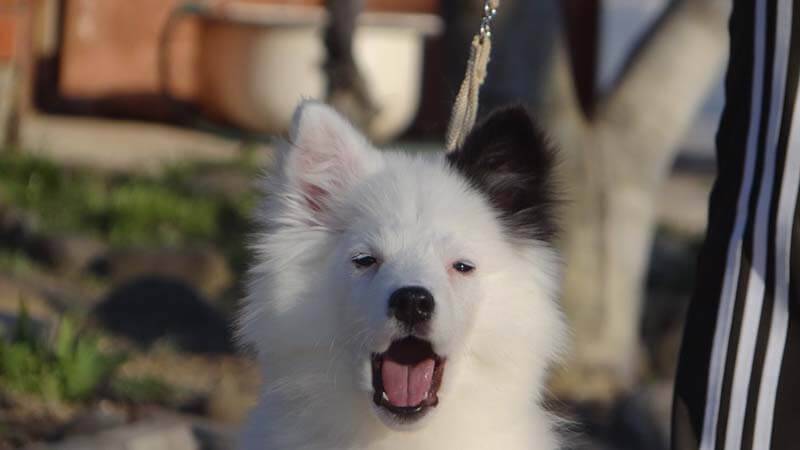
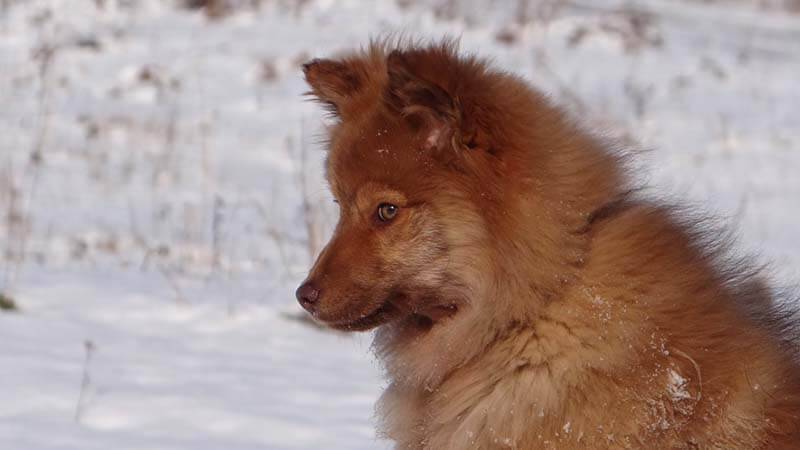
Nose . The nose is medium in size, black or brown in color. The back is straight, elongated.
Fall . The jaws are small, with a full dental formula.
Teeth . Relatively large, strong and snow-white. They adjoin each other well. The incisors are in the same line. The dog is full-toothed, with a scissor bite. When the dog reaches four years old, the bite can change to a straight line. The disadvantage will be worn teeth too early, as well as their yellow tint. They should not be small or rare. It is bad if a pair of front molars is missing from birth. Malocclusion, lack of incisors, canines and molars is considered a defect.
Lips . Tightly adhere to the teeth. Dry, fairly thin. May be black or brown.
Eyes . Small, almond shaped. Set slightly oblique. They do not sink and do not roll out. The iris may be brown or have a yellow tint. The look is interested, alive. Too small or, conversely, large eyes are considered a disadvantage. The fault will be discord or drooping eyelids.
Neck . It has an oval cross-section, well muscled, stands at an angle of 45 degrees to the line of the back. Should not be raw, short and set low. The withers are clearly visible, in males more than in females.
Frame
Corps . The back is short and wide. Bitches are longer than males. It is straight and well muscled. It cannot be humpbacked, sagging or convex. The loin is strong. The croup is slightly sloping, straight and wide.
Chest . Dropped to the elbows, wide enough. It has an oval shape in cross section. Should not be flat. A defect is considered a round chest in cross section.
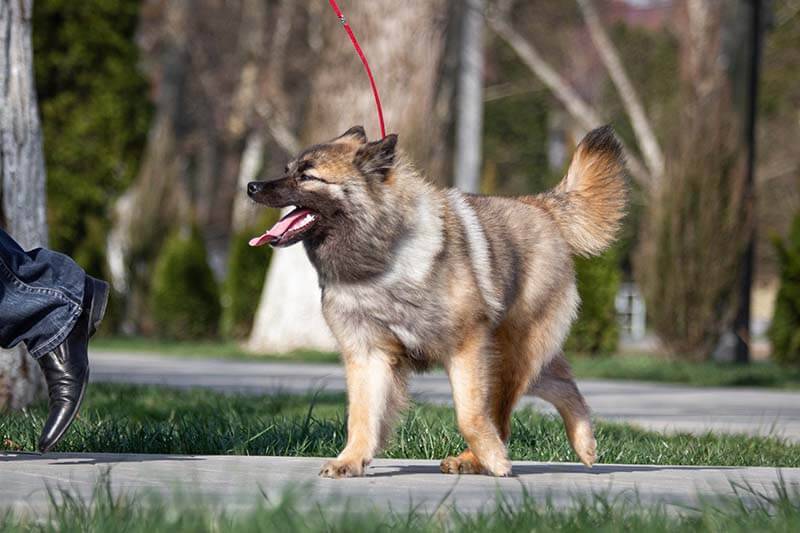
Tail. The tip of the tail reaches the hocks. Lowered at rest. When excited, it is raised up and takes the form of a circle or semicircle. In an alert dog, the tail is lowered down in the form of a sickle. The disadvantage will be too long or short tail, not capable of extension from the ring.
limbs
Front . Straight, strong and dry. The angle of the shoulder joint is 100 degrees or slightly more. The forearms are parallel, vertical. The pasterns are small, slightly inclined. The length of the limbs from the elbows is the same and half the height at the withers. The defect is clubfoot, curvature of the limbs.
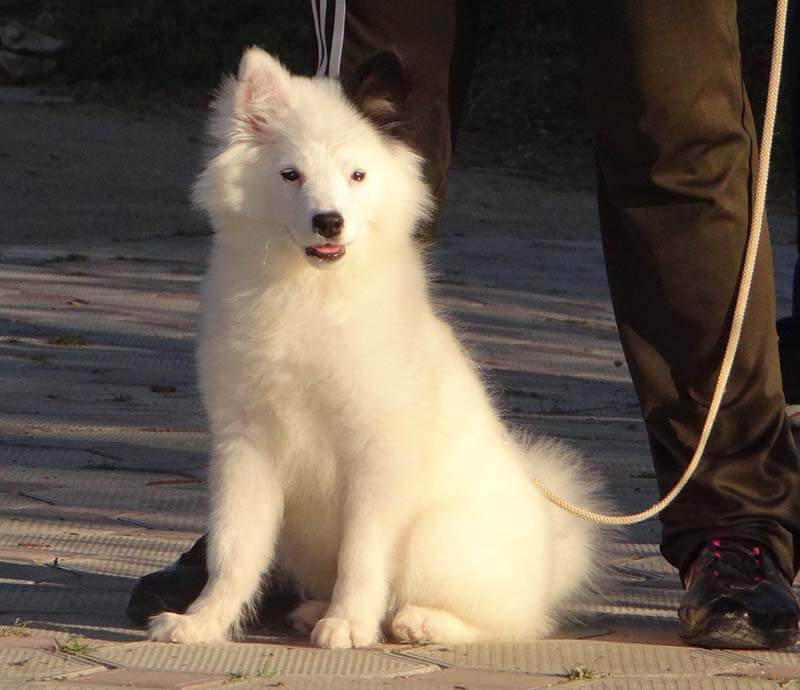
Rear . They are wider than the front ones. Are located in parallel. The thighs look strong, strong, but dry muscles. The metatarsus are shortened, standing vertically. The paws on the hind and fore limbs are oval in shape. The fingers are tucked in, have strong claws. The presence of dewclaws is considered a disadvantage.
It is noteworthy that in the homeland of the Nenets Laikas, dewclaws are not always considered a vice. The Nenets believe that their presence indicates that the dog is faster and better than other representatives of this breed.
Nenets Herding Laika Wool
The reindeer spitz has a rather lush “fur coat”. Dogs have both a soft and dense undercoat and a long and coarse guard hair. There is also a lot of hair inside the ears, they hide their base at the skull.
On the sideburns (cheekbones), in the region of the neck, shoulder blades, hips and lower torso there are pronounced fringes. The longest guard hair is located at the bottom of the tail. Between the fingers it is quite thick. This allows the animal to easily move through the snow.
Short hair can be seen on the muzzle, limbs (only on the front). In the neck area, the hair reaches fifteen centimeters in length, and on the tail it can grow up to twenty-five centimeters.
The coat should be straight, wavy is considered a fault, as well as a slight undercoat or lack of feathering. Through too soft wool in the warm season, midges can penetrate, which harms the dog’s skin. Owners of coarse hair suffer less from blood-sucking insects.
colors
Nenets Laika can be of the following color:
- beige;
- brown
- black;
- piebald;
- white;
- spotted.
The Nenets have black dogs in high esteem, as they can be quickly seen in the grass or snow. A brindle color is considered a serious drawback, as well as a thick spot on the body.
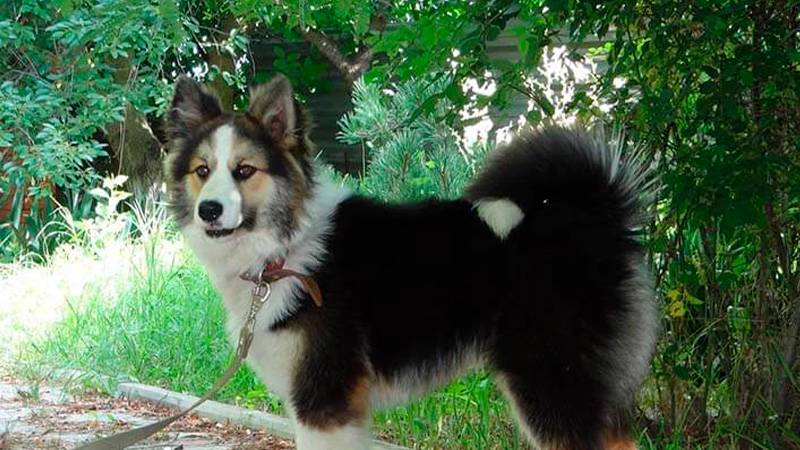
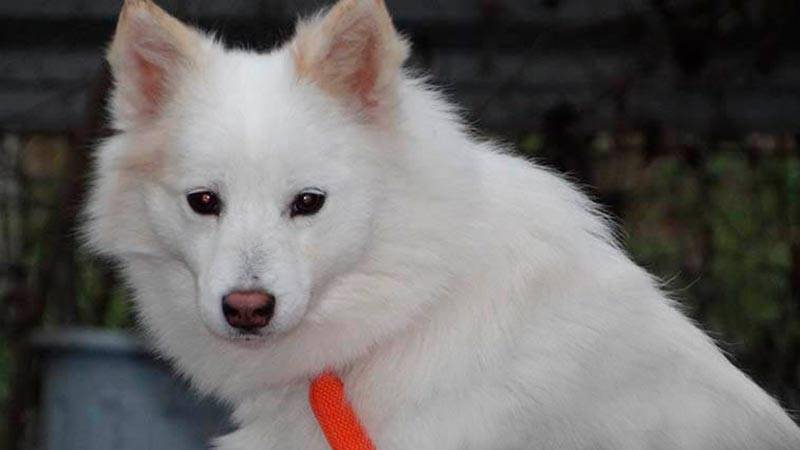
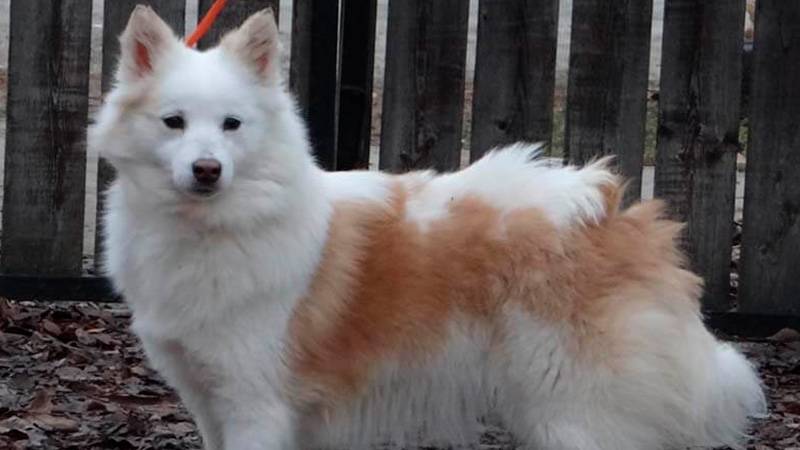
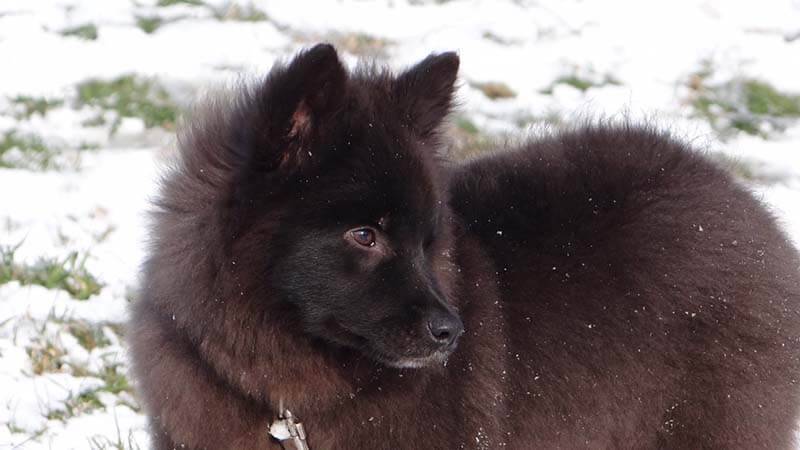
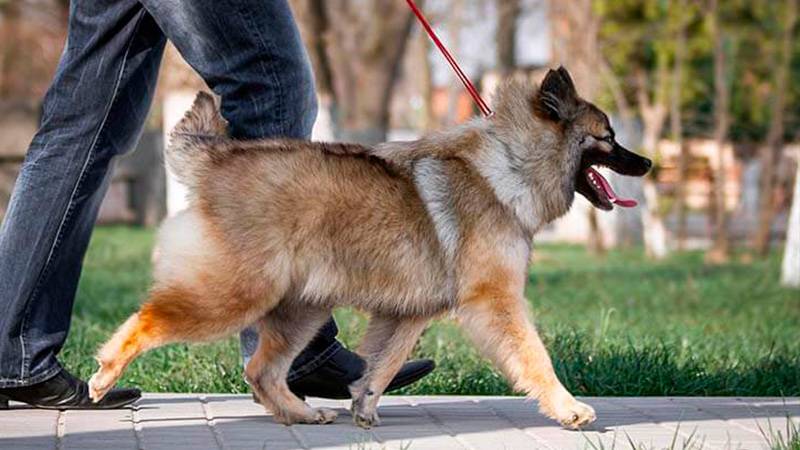
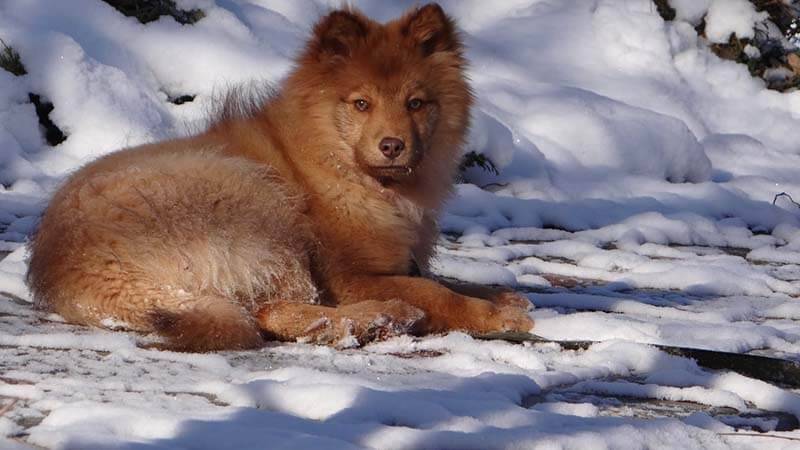
Photos of Nenets Laika colors: beige, brown, black, piebald, white, spotted
Character
The Nenets Laika is characterized by mobility and lively character. These dogs are not inherently embittered, but they are distrustful and wary of strangers.
One of the distinguishing features of character is restraint and a stable psyche. The reindeer spitz has a strong shepherd instinct, as well as hunting skills, albeit to a lesser extent. They have a wonderful instinct, so the dogs can smell the danger in advance to warn the owner.
Nenets Laikas have small teeth and a light grip. This helps them do their job well. Dogs graze deer and calves, and when they drive the stray cattle, they bite them by the legs. Medium-sized teeth and jaws, which are compressed with little force, do not allow harm to the herd.
The reindeer spitz will stay with the owner even if he sees potential prey on the horizon. These are brave, resourceful and balanced dogs. Any signs of aggression or cowardice are considered a defect in the breed.
The Nenets Laika has a special and strong contact with its owner, as well as a strong motivation to work. The dog will unquestioningly carry out any assignments, even if it is out of sight of its owner.
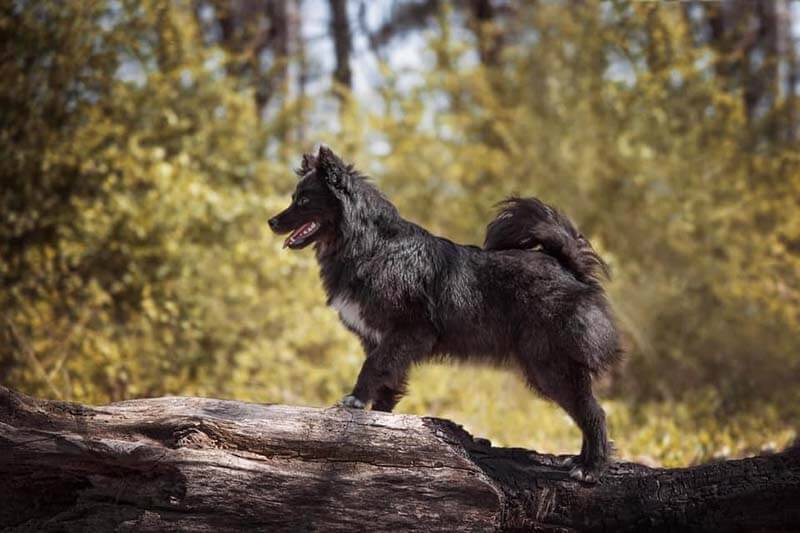
Dogs of this breed are quite sociable. Therefore, with familiar people and members of their family, they are ready to play tirelessly. They are very attached to a person, it is difficult to endure separation from him, even for a short time. The Nenets Laika cannot be betrayed and given to other owners. At any opportunity, the dog will run away to find its former owner.
Reindeer Spitz easily and with pleasure learn even the most difficult tricks. They treat training with interest, they easily endure physical and mental stress. Not stubborn and very obedient.
Nenets huskies get along well with children. They can even look after the kids, guided, most likely, by their shepherd inclinations. This breed will make an excellent nanny for a small child or a friend for a teenager.
The reindeer dog is neutral to other animals in the house. But it is better to hide small rodents away from her, as hunting instincts may wake up. But with other dogs, and even cats, the Nenets Laika will make friends without any problems.
The dog is very active and agile, so she needs to throw out her energy every day. This will help long walks on the street, classes and training. In the fresh air, the dog needs to be at least twice a day for an hour, actively moving at the same time.
Nenets Herding Laika Education and training
There is an erroneous opinion about all Laikas, including Nenets ones, that they are used as sled dogs in their homeland. Even children cannot jokingly harness dogs to sleds, for which they are severely punished. Deer are used exclusively for riding, and dogs help guard them and monitor the herd.
It is noteworthy that in order for the Nenets Laika to “get involved in the work”, she does not even need training. Her shepherd skills run in her blood. In order to choose the best dog for their herds, the Nenets look at the grown puppies and evaluate their skills and abilities.
The Nenets pick up a dog for certain duties. And there are several of them:
- Dogs that gather the herd. This is the “elite” of the Nenets Laikas. They are considered the most valuable, since the dog is required to be able to make the right maneuvers, run fast in order to go around the herd of animals.
- Driving the herds home. Here the dog needs to skillfully manage the herd and be able to anticipate the behavior of animals. Experienced dogs can make decisions on their own, without relying on the commands of the owner. They know when to urge the herd or give the reindeer a rest. Dogs can even ferry deer across the pond on their own.
- Search dogs. Designed to work with small groups or individual animals. They can bring back a deer that has strayed from the herd. To search for it, it can either be guided by the instructions of the owner, or rely on its own scent and intuition.
- Dogs that keep the herd. This “position” is not in all herds. You can do without it. The task of such a dog is that it supports the herd in a “heap”, preventing the deer from dispersing.
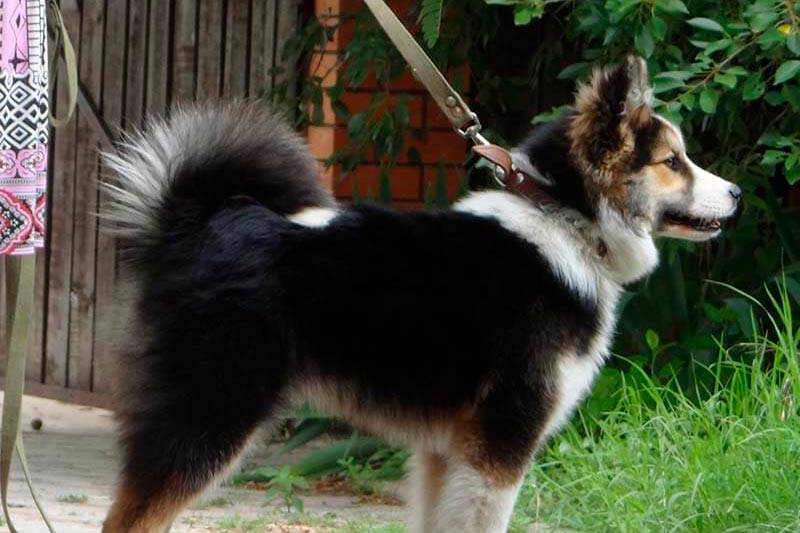
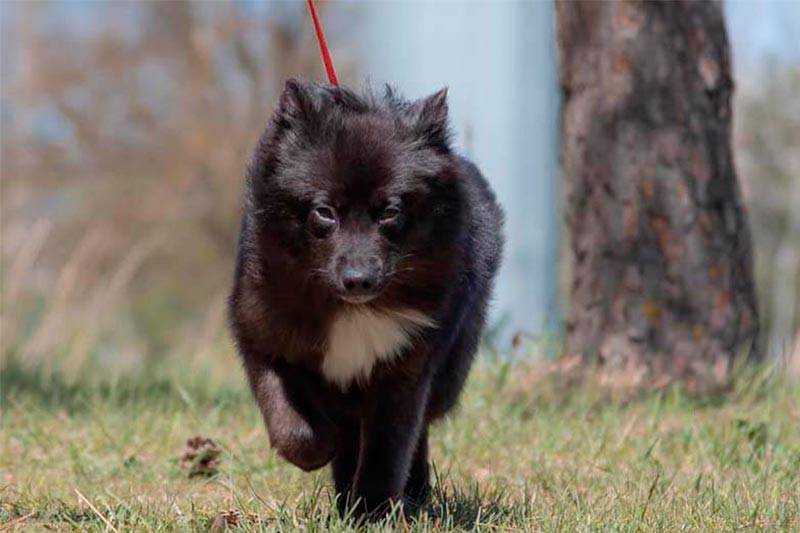
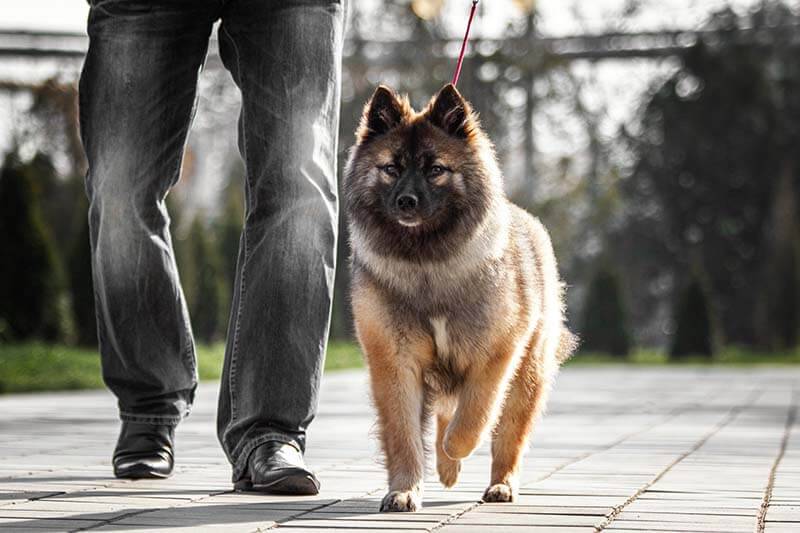
In addition to duties and tasks, the Nenets divide dogs according to their functions. Dogs-orderlies absorb everything that remains after cutting the carcasses of animals and fish, and that is not suitable for human food. Also, these dogs exterminate small rodents that can harm the settlement and its inhabitants.
Some Nenets Laikas are brought up as guards. They guard the village, protect the Nenets and their herds from wild animals, as well as from strangers and uninvited guests. Experienced reindeer herders can recognize the barking of dogs and understand why the dog is barking. Even the movement and position of a dog’s ears can provide certain information.
Sometimes Nenets Laikas are used as hunters. But this happens quite rarely. The fact is that the Nenets consider dogs with hunting skills to be less effective shepherds, as they are distracted by other animals. But they have an interesting and effective way of hunting wild geese. People release dogs on sitting birds so that they start chasing him as bait. The dogs run to the owner, and the geese fly after him. As soon as the birds get close enough, they are shot. In addition, dogs bring wounded animals (wounded birds) to their owners.
But they don’t like to use Nenets Laikas as a vehicle, because they believe that it is dangerous and impractical. The people even have a belief that if dogs are harnessed to teams, then all the Nenets will turn into fishermen and stop herding deer. Throwing a lasso on dogs is also prohibited. The Nenets generally believe that their people have never had sled dogs.
The Nenets treat their dogs differently. Some perceive them solely as partners or subordinates who are needed for work and the performance of their direct duties. Others consider them full members of the family and allow their pets to sleep next to them.
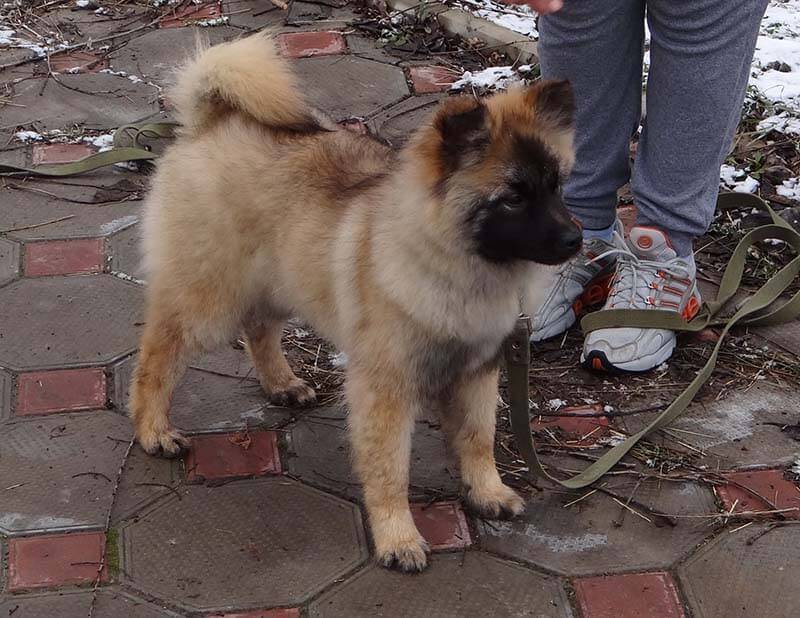
Another function of the Nenets Laika was to accompany a person. There are many stories of dogs leading their lost owners out of the woods, helping them find their way home. Or protected from the attack of a wolf and a bear.
Now every Nenets family has more than one or even a couple of dogs. Reindeer herders keep five or ten Nenets huskies.
This breed is highly trainable. Therefore, working with her is easy and pleasant. Start teaching your puppy from the age of three months the simplest commands:
- ” Sit! »;
- ” Lie down! »;
- “ You can’t! »;
- “Voice!” ;
- “ Come to me! »;
- ” Give me a paw! “.
When the dog is one year old, you can start working with it at a professional level and train it for official duties. It is preferable to train a young Nenets Laika with a more experienced dog so that she can quickly learn commands from her “partner”.
Maintenance and care
On the one hand, caring for a reindeer-breeding Spitz can be called simple, and on the other, complex. Thanks to its coat, the dog easily endures both severe frost and sweltering heat. They can work at a temperature of -30 degrees and not feel discomfort. Therefore, the Nenets Laika can be kept in a private house, in a properly equipped enclosure. Despite the fact that these dogs can sleep even in the snow, they will never refuse the comfort of a warm booth.
Nenets Laikas are unpretentious in nutrition, clean enough, which allows them to be kept in an apartment. At home, dogs are never combed. But in the conditions of living in a house or apartment, this must be done, especially during the molting period. If you miss the moment and do not comb out the undercoat, then it will fall into tangles. You can only get rid of them with the help of a groomer, who will have to completely cut off the beautiful dog hair.
In hot climates, Nenets Laikas may shed several times a year. Therefore, they will have to be combed out every other day. To do this, you will need not only ordinary brushes, but also a furminator.
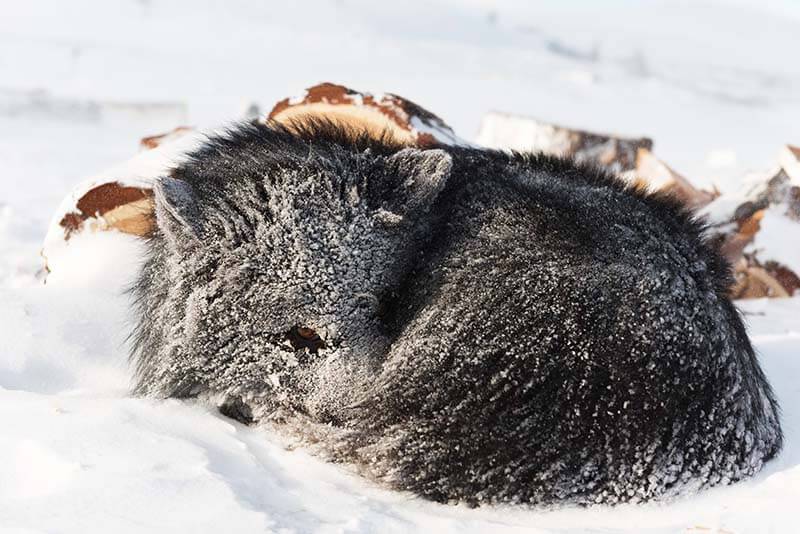
You don’t need to bathe your dog often. In Nenets Laikas, the coat is able to clean itself. If the dog gets dirty in the mud, then it is washed under running water using special shampoos for dogs, which can be purchased at a pet store.
If you keep a Nenets Laika in an apartment, then walking will be a very important part of caring for her. Dogs that are naturally active have a physical need for movement. Therefore, try to take the dog out several times a day and give it the opportunity to run freely.
To ensure maximum movement, take toys outside with you. A frisbee plate or various accessories for fetching are perfect. During the walk, the Nenets Laika can be safely let off the leash. She will never run away and will try to keep her master in sight. Moreover, she will predict your route and will not chase a cat or other “prey”, as hunting dog breeds do.
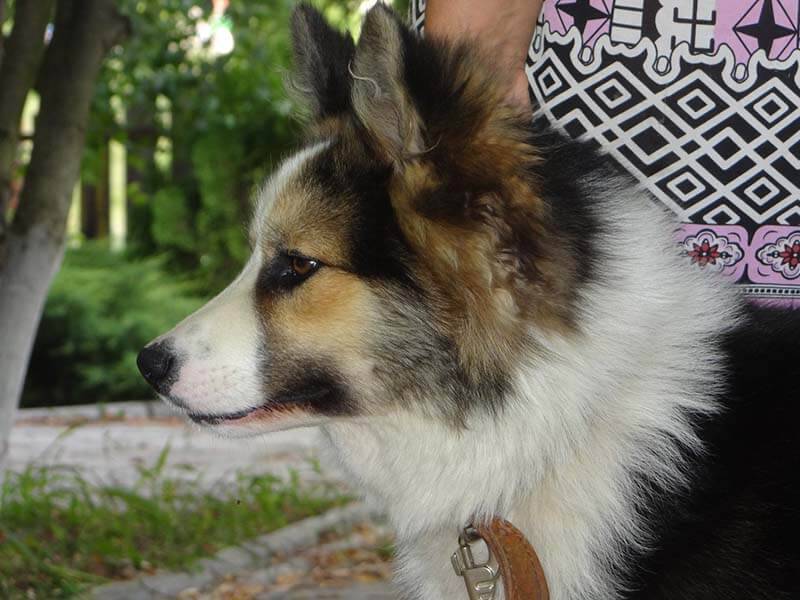
In addition to the above recommendations, do not forget about the general ones:
- Once a week, you need to examine and clean the eyes and ears of the animal from natural secretions;
- It is necessary to remove plaque from the teeth with special pastes or give the pet dental bones for chewing;
- Trim nails as they grow. And in the Nenets Laikas, this process occurs quite quickly. Hard claws do not have time to wear down, which causes the dog some discomfort.
Like other dogs, reindeer spitz must be treated regularly for ticks and other parasites.
Food
In their natural habitat, Nenets huskies feed on the remains of butchered animal carcasses, as well as blood soup, fish, and food from the owners’ table. In the warm season, they can even get their own food by hunting small rodents.
It is clear that in the city it is impossible to provide a dog with such a diet. Therefore, the best option would be a properly selected super premium quality industrial feed.
For the Nenets Laika, both dry and wet versions are suitable. Make sure that the feed does not have a high content of carbohydrates. Reindeer Spitz tends to be overweight. If he does not graze herds of deer around the clock and does not sleep in the snow, then additional calories will be deposited in the animal in the form of fat. Therefore, the feed should contain a maximum of protein.
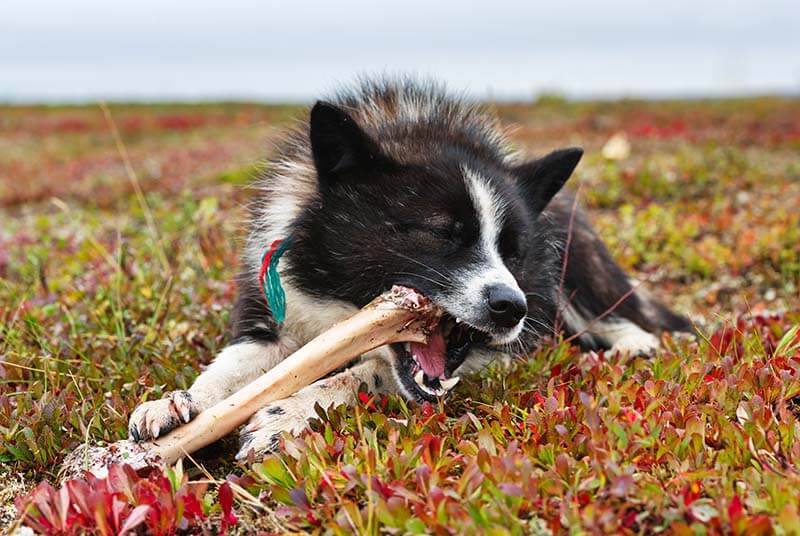
Never feed a Nenets Laika from the table. Also, the dog should not be given citrus fruits, fried, smoked, salty foods. Sweets and pastries are detrimental to the health of the Nenets huskies.
Professional food contains all the necessary components for a long and healthy life of a dog. If the dog feels well, then no additional vitamins or supplements need to be given. Next to the bowl of dry food, there must be a bowl of clean water so that the pet can replenish the lack of fluid in the body at any time.
The diet of puppies is different from the diet of adult dogs. This food has smaller granules, as large babies can choke. For older or lactating dogs, manufacturers also produce separate lines. Before choosing a food for your pet, it is best to consult a veterinarian.
Nenets huskies will appreciate bones made from pressed tendons as a treat. Such goodies will not only help remove plaque, but will also keep your pet busy for a long time.
Nenets Laika Health
Nature has awarded Nenets Laikas with excellent health and immunity, which allows them to cope with any viral or bacterial diseases. If the dog is properly cared for, it will live up to fifteen years and will be active and cheerful all this time.
Improper and unbalanced nutrition can lead to such problems:
- diseases of the digestive system;
- disruption of the liver;
- diseases of the cardiovascular system.
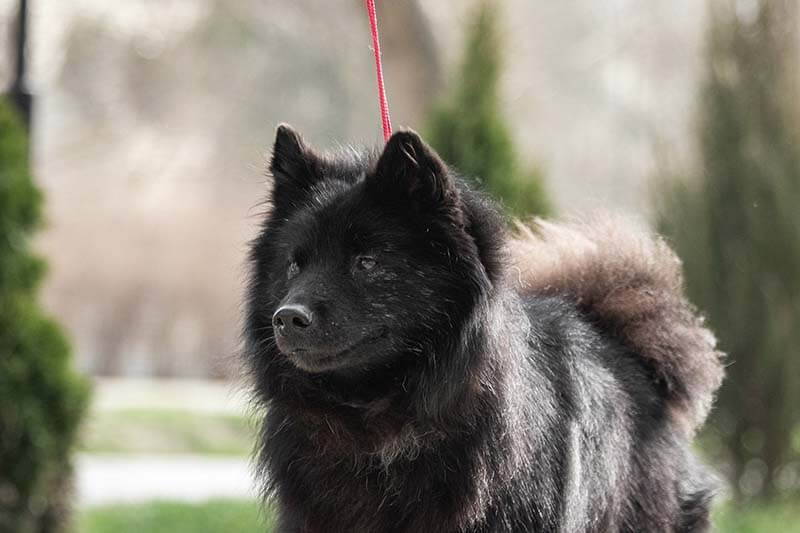
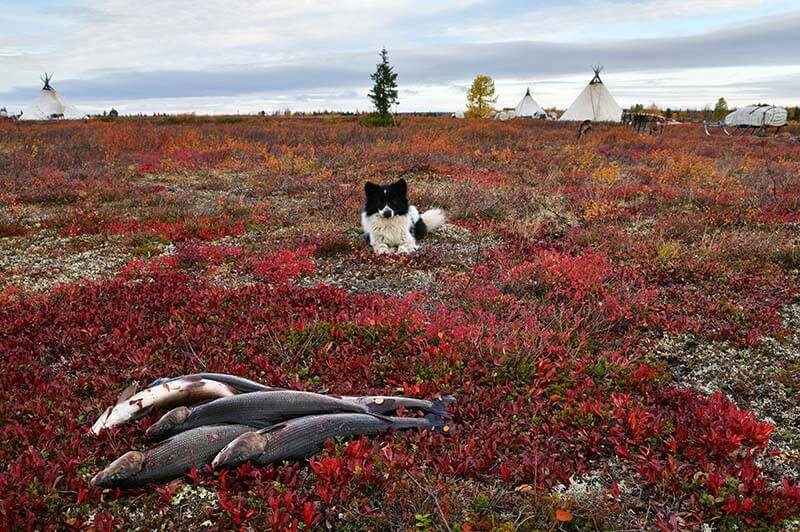
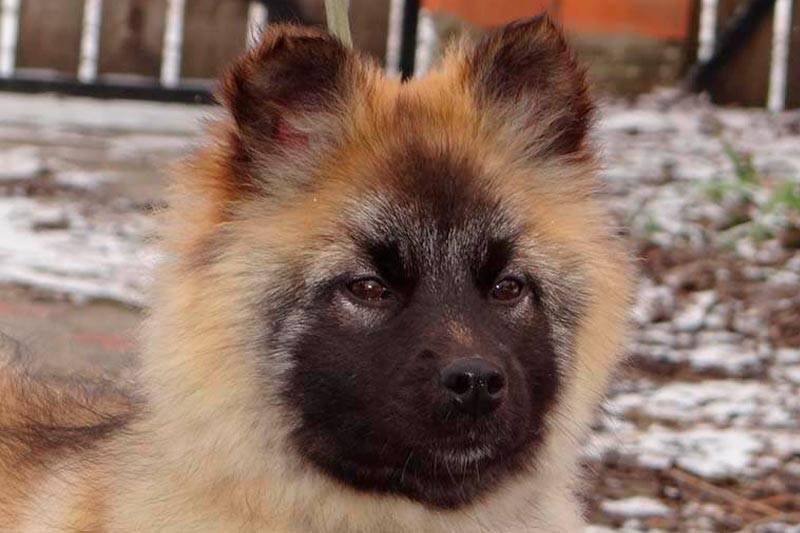
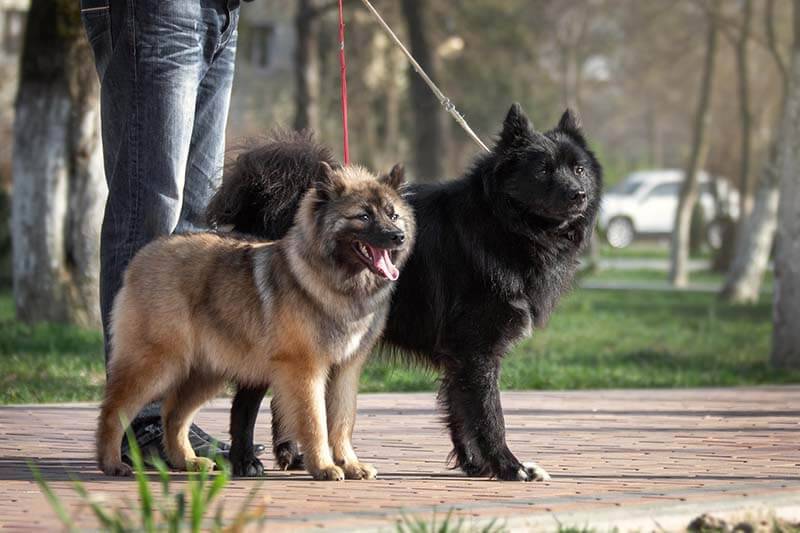
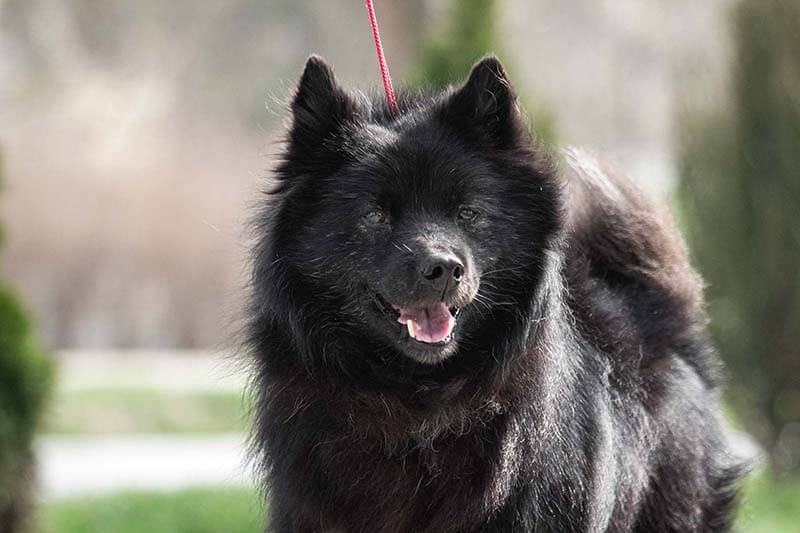
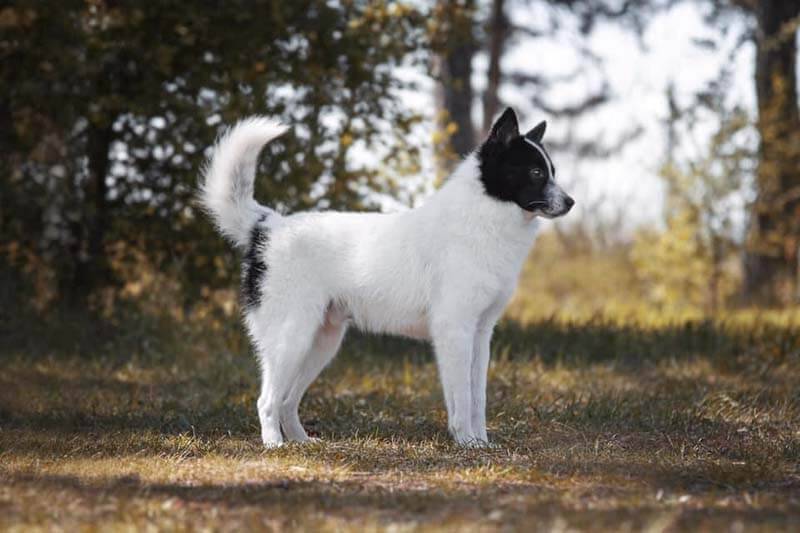
One of the most dangerous diseases for the Nenets Laika is obesity. A dog gains weight easily if it is overfed and not given enough exercise and running.
Nenets Laikas have no genetic diseases. Once every six months, it is recommended to visit a veterinarian for a preventive examination, as well as to be vaccinated according to the schedule. In the second month of life, the puppy is given an injection for distemper, enteritis, hepatitis and parainfluenza. Then comes revaccination. It is important to maintain the required quarantine after vaccination in order to protect the puppy from possible consequences, and deworming a few weeks before vaccination.
Photo of Nenets Herding Laikas

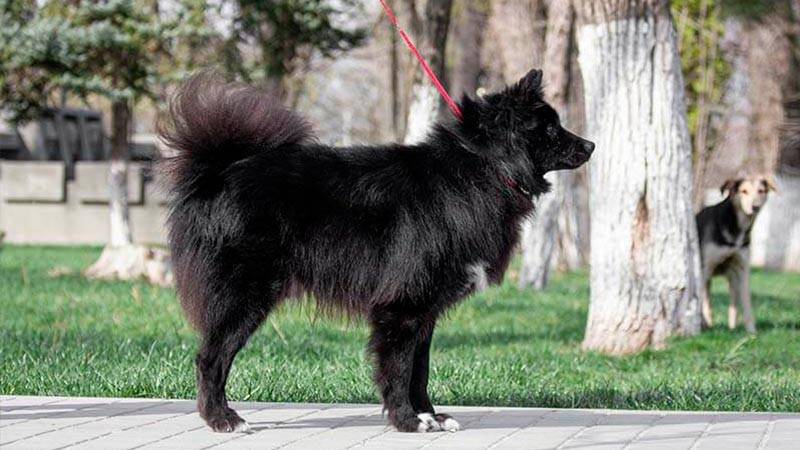
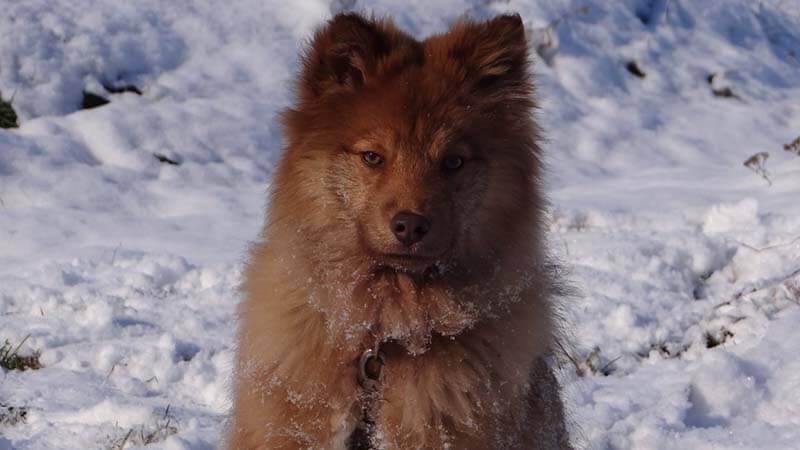
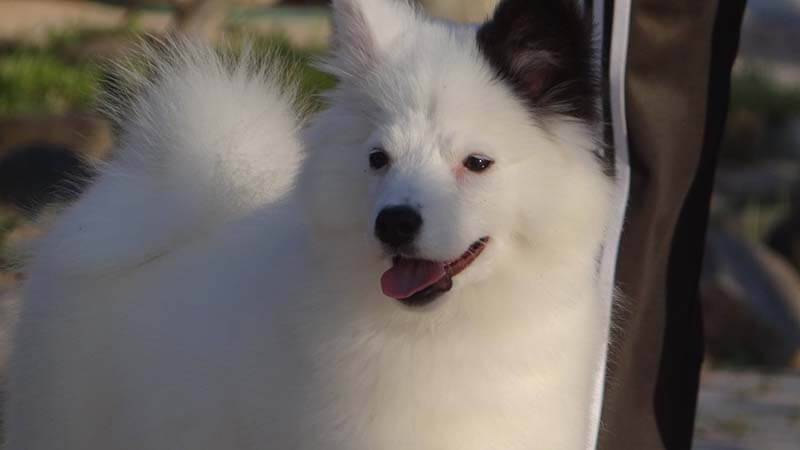
For whom are Nenets huskies suitable?
The Nenets Laika is a rather unpretentious dog of small size. Therefore, it is suitable for those who live in city apartments. But the future owner must understand that in this case he should have a few free hours a day to provide the dog with a good walk. Sitting in a confined space, the Nenets Laika will not only be bored, but will also begin to gain weight. This will have disastrous consequences for her body in the future.
For owners of private houses, the Nenets Laika is also perfect, because it is adapted to living on the street and is not afraid of the cold.
This breed is suitable as a first dog. She is attentive and obedient, does not show aggression. Therefore, the Nenets Laika will become an excellent companion for a young owner who has never encountered dog training before.
It can be started in a family with small children, as well as a second or third pet. The Nenets Laika will not share territory with other dogs and cats.
How to choose a puppy?
At home, Nenets Laikas are chosen not by external signs, but solely by their working qualities. Therefore, the exterior of dogs fades into the background. But, if you buy a puppy not in the tundra, you should definitely pay attention to the appearance. This will help protect yourself from unscrupulous breeders who may try to sell a mestizo of this breed or a defective puppy instead of a purebred Nenets Laika.
When choosing, you need to pay attention to:
- head. It should be wedge-shaped, with a well-defined occiput. The muzzle may be slightly shorter than the length of the skull;
- Body. It should be knocked down, well folded, shaped like a square;
- Limbs. From birth, Nenets Laikas have large paws with massive toe pads. Between them “stuffed” dense and fluffy fur;
- Wool. The coat should be thick, with a double structure (long guard hairs and a dense undercoat).
Pay attention to the general condition of the puppy. He must be playful and curious. Excessive lethargy and indifference to everything that happens around may indicate that the puppy is sick.
Choose the largest and liveliest baby from the litter. Such a Nenets Laika, when it grows up, will show its best qualities.
Photo of Nenets Laika puppies
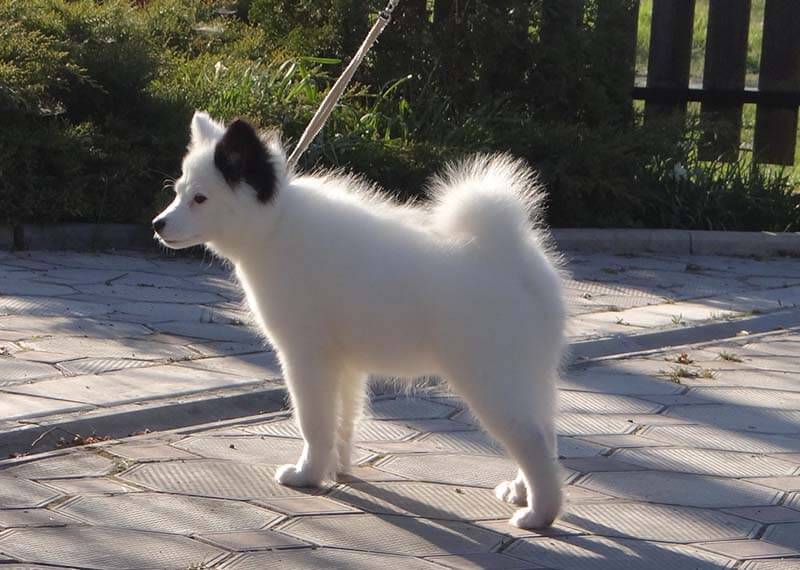
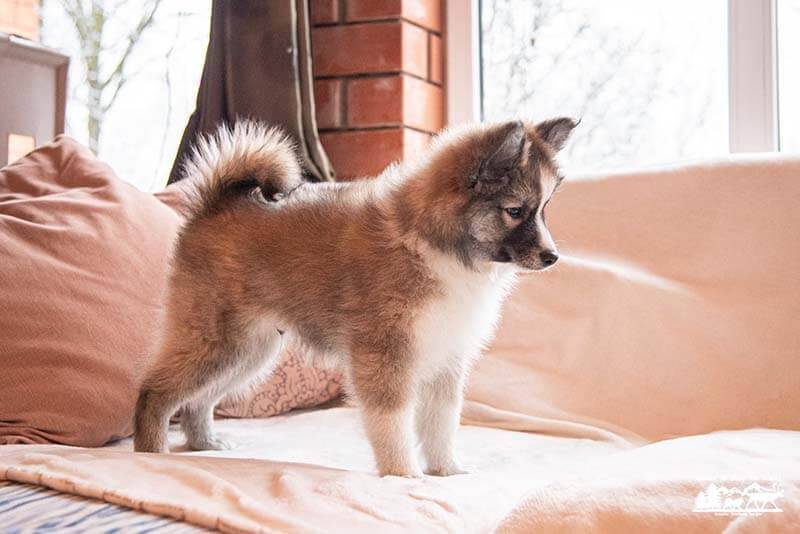
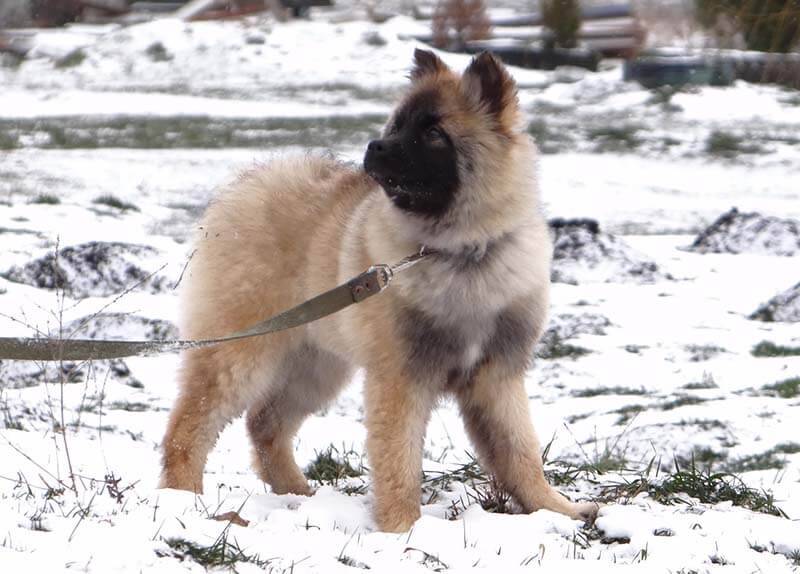
The price of Nenets huskies
The Nenets Laika of pure blood is far from a cheap pleasure. The cost of a puppy can reach up to 1500$, if we talk about Moscow.
Nenets Herding Laika – Video



